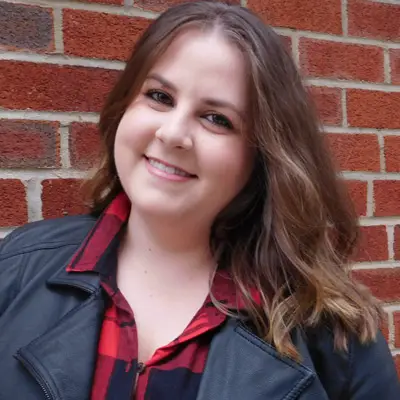Get the Best Family Activities
Is such personalized medicine currently being used anywhere specifically for children?
It is being used in a number of areas. There’s a lot of personalized or precision medicine being done in oncology, where we look at tumors and tumor responsiveness to understand the genetics of a tumor and how responsive it is to the cancer drugs being used to treat it.
But what I’m talking about is predicting when a serious reaction might occur. The answer is yes, we are using it. Codeine is a good example. We had a mother whose infant died at 12 days old, and the coroner found morphine in the infant’s blood. It turned out the mother was prescribed Tylenol with codeine—which was compatible with breast-feeding—to help with labor pains, and when we looked at her DNA, we found she had a duplication in the gene that converts codeine to morphine, so the mother breast-fed her infant to death. Not even remotely her fault. The idea of targeted genome sequencing is: Before you are prescribed codeine, let’s test to see whether you have this duplication and whether the drug is safe for you to use.
Another example is the number of anti-cancer drugs used for kids. If your child has a solid tumor and is taking Cisplatin, he has a risk of hearing loss. We can predict that risk by looking at your child’s genetic factors. If your child with leukemia is taking anthracyclines, she may develop heart problems. We’re using pharmacogenomic tests to predict who is at high risk of developing heart problems.
How can targeted genome sequencing change the landscape of treatments for children with special needs?
Children with special needs—let’s define them, for the moment, as neurodevelopmentally disabled—are incredibly complex children because their ability to express their response to medication, or anything really, is often impaired. So we end up treating them empirically and managing their symptoms.
Let’s say you have a child who is so neurodevelopmentally disabled that he can’t speak and he is experiencing pain, so you give him Tylenol with codeine. What if he doesn’t have the gene that converts codeine into morphine? That means that you’re essentially giving him plain Tylenol. For surgical pain or other types of acute and severe pain, plain Tylenol just isn’t good enough. And since your child can’t speak, you don’t know that the Tylenol with codeine isn’t reducing his pain. This type of information about the prediction of drug response can be helpful for us not only in uncovering adverse drug reaction risks, but also uncovering what pathways are preserved and what drugs would be the best choices for those patients.
I think we are going to move from an empiric sense of “Let’s try this [medication] because it works for the majority,” into one that looks at the individual’s likelihood of responding to a medication, and instead choosing accordingly. That’s why the term “personalized medicine” started to be bandied about—we can personalize drug therapy for patients based upon the pathways that are active and inactive in the individual.
Inherent Challenges
Since 2006, children with special needs have been included as subjects in the genetic research that Dr. Carleton and others are undertaking, but the efforts are not without challenges. “Children with special needs are often on multiple medications...and so I’d like to spend more time with them to understand their issues,” Dr. Carleton says. “You can’t sleep at night, okay take this drug. He’s irritable during the day, so take this drug. They’re always on drugs that treat symptoms. I’d like to go into these families and work with them for as long as it takes—because it takes time and energy—to find the best solution.
“In pharmacology, when studying a drug’s biologic effect and its safety in a population, you’re not looking for the complex patient with multiple disease entities and lots of genetic complications. You’re looking for the patients with a relatively clean disease because it’s easier to characterize the response of the medication. But these kids are different: They’re very complex, and you need to spend a lot of time figuring out what issues they have. The complicated patients are the ones that really need our help.”





.jpg)

